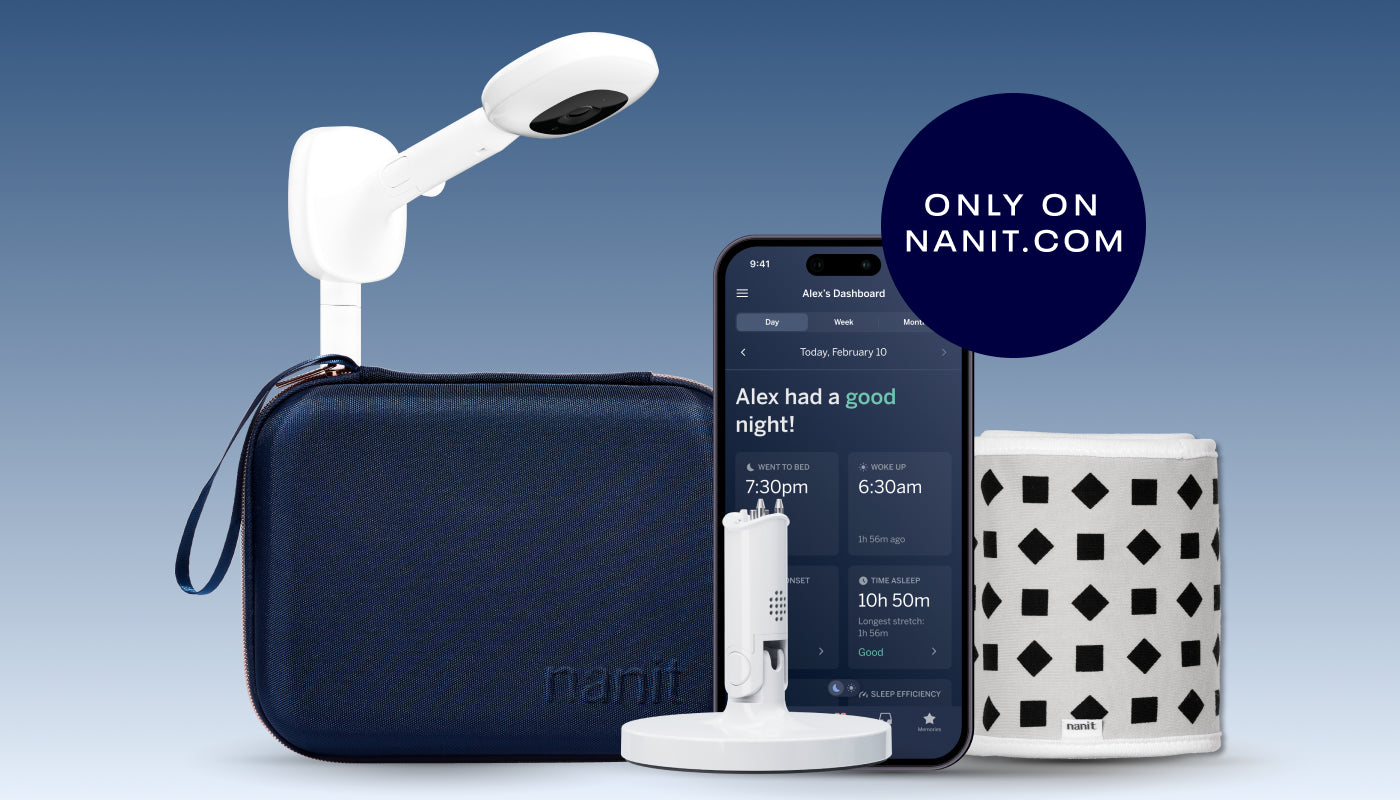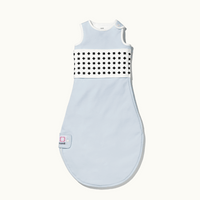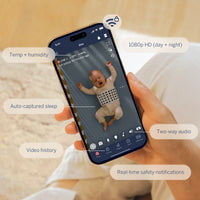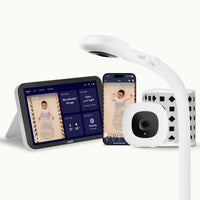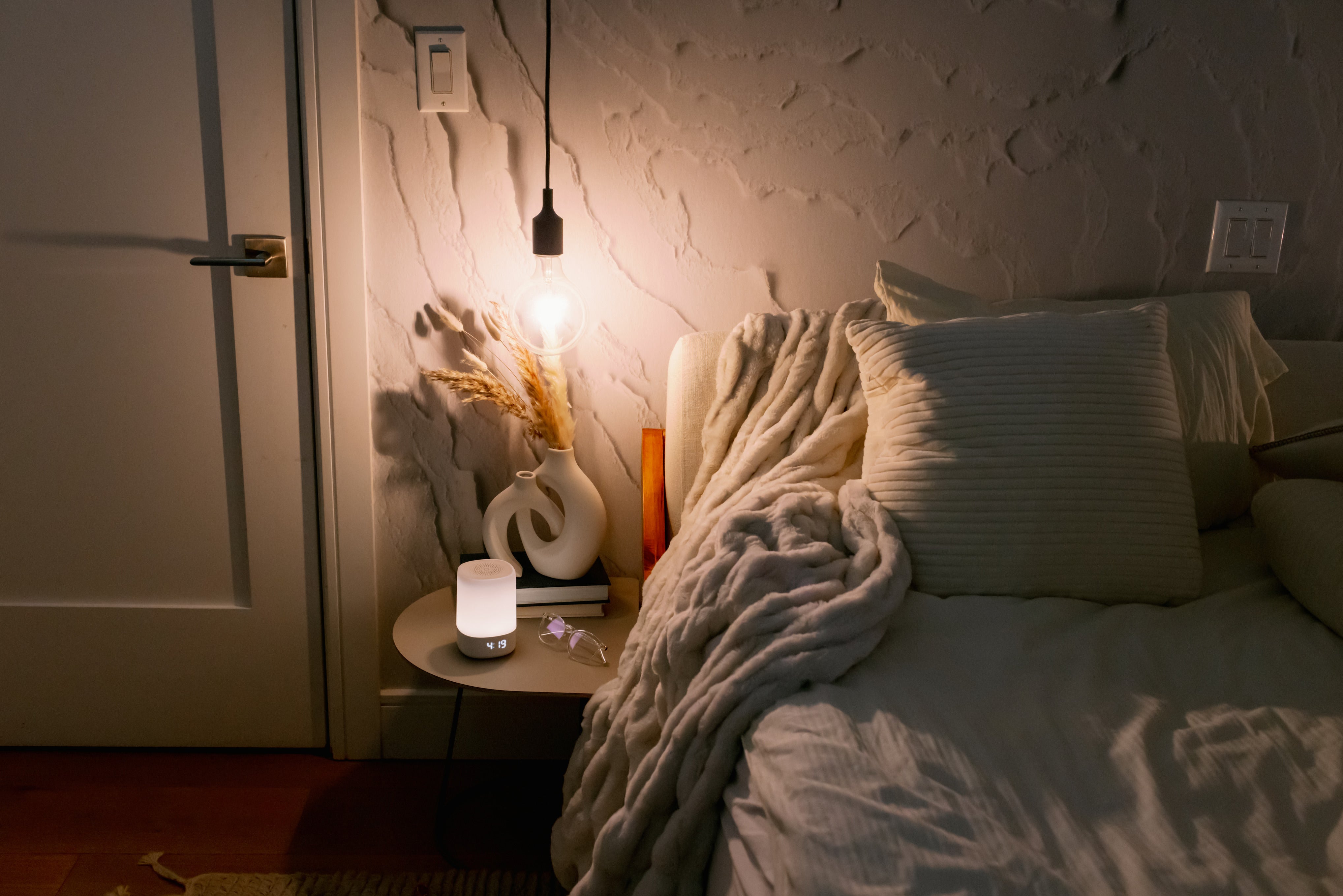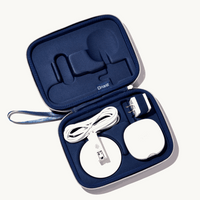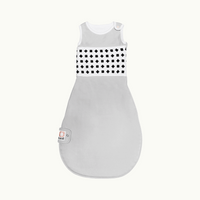It’s official: In about six months, you’re going to have a baby—your baby!—in your arms. Although it’s exciting to think about everything that becoming a parent entails, we also know that it’s exhausting—especially now, during your second trimester, as your body works long hours to create your little mini-me.
For tips and tricks on how to sleep during pregnancy in the second trimester, you’ve come to the right place. We’re here to help you make the most of your sleep midway through your pregnancy and beyond.
Addressing second-trimester discomfort
You’ll be pleased to learn that many women find it easier to sleep during their second trimester of pregnancy compared to sleeping in their first trimester of pregnancy. This is partly due to your hormones stabilizing (finally!) and the fact that your belly isn’t as big and round as it’ll be in a few months—so you can still curl up into a comfortable sleep position. As you progress, you’ll have to make new adjustments for sleeping in the third trimester of pregnancy.
Although it may be easier to sleep in the second trimester, that doesn’t mean it’s perfectly comfortable. Here are some common discomforts that can occur during the second trimester and what you can do to ease them:
- Leg cramps. Involuntary, painful muscle spasms that take your calf or foot by surprise often occur during the second and third trimesters. Ah, hello, leg cramps. While the cause isn’t completely understood, it may be due to weight gain and changes in your circulation. To lower your leg cramp chances, stretch regularly, especially before bed, and keep yourself hydrated throughout the day.
- Backaches. As your little one grows, your center of gravity shifts. This stretches your abdominal muscles and alters your normal posture, leading to backaches. To alleviate any aches and pains, wear shoes with good arch support to help distribute your body weight more evenly. And avoid sitting or standing too long. If you notice pain while you’re in bed, place a pillow between your knees to help maintain proper spinal alignment. You can also place a pillow under your belly to relieve back pressure.
- Nasal congestion. The fluctuation of hormones can cause the lining in your nasal passages to swell, resulting in nasal congestion. Minimize its effects by using a humidifier in your bedroom at night, saline spray throughout the day, and propping your head and shoulders up with an extra pillow at bedtime.
Sleep positions: the do’s and don’ts
During your first trimester, you can sleep and dream easy, slumbering in whichever position you prefer. Your second trimester comes with a few more safety rules.
Here’s what to do and what to avoid for better sleep during the second-trimester:
- The do’s. Side sleepers rejoice! Doctors recommend that the best sleeping position is on your side throughout your pregnancy, especially favoring your left side, as it promotes better blood flow to the uterus and your little one.
- The don’ts. If you’re used to sleeping on your back, you may want to try transitioning to a side-sleeping position around 16 weeks. Some healthcare providers suggest that sleeping on your back could potentially reduce blood flow to your baby, but the evidence on this is not conclusive. You can continue sleeping on your stomach for as long as it's comfortable.
How to prioritize your mental health during pregnancy
Your mental health plays a crucial role in how good you feel overall during your pregnancy. While it's normal to experience moments of uncertainty or anxiousness, there are ways to manage stress and help sleep come a little easier:
- Establish a consistent sleep routine. From taking a shower before bed to slipping under the sheets at the same time every night, try to maintain a regular sleep routine to promote better sleep.
- Exercise. You have permission to skip the half marathon. But, safe exercises, such as prenatal yoga, walking, low-impact cardio, and strength training can alleviate stress, improve your mood, and help you get a better night’s sleep.
- Take care of you. Make time for activities that bring you joy. Whether it's a day of prenatal relaxation at the spa or an at-home binge-a-thon of your favorite rom-coms, do what helps you unwind and rejuvenate. Whatever self-care looks like to you, give yourself permission to indulge every once in a while.
Prepare for your baby with Nanit
As you gear up for life’s exciting next chapter, take advantage of your current energy levels by preparing the nursery from bottom to top—and we can help.
At Nanit, we’re here to ensure you have everything you need for your baby, from the most awarded baby monitor to soft, comfortable baby sleep wear that you and your little one will adore. Dive in now and discover everything you need for your little one's arrival!
Key takeaways
- Prioritize sleep during the second trimester to establish good habits and make sure you’re getting enough rest as your pregnancy progresses.
- Take steps to ease pregnancy discomforts, such as leg cramps, backaches, and nasal congestion. (In other words, a perfectly placed pillow works wonders!) .
- Make room to do the things that recharge you, including maintaining a consistent sleep routine and exercising (safely). You’ll feel better mentally and physically.
Sources:
Sleep Foundation. Sleeping While Pregnant: Second Trimester. https://www.sleepfoundation.org/pregnancy/sleeping-during-2nd-trimester#references-176892
APA. Leg Cramps During Pregnancy. https://americanpregnancy.org/healthy-pregnancy/pregnancy-health-wellness/leg-cramps-during-pregnancy/
ACOG. Back Pain During Pregnancy. https://www.acog.org/womens-health/faqs/back-pain-during-pregnancy
Nationwide Children’s. Pregnancy Rhinitis: Relief for Ongoing Nasal Congestion Is Possible. https://www.nationwidechildrens.org/family-resources-education/family-resources-library/pregnancy-rhinitis-relief-for-ongoing-nasal-congestion-is-possible
Medline Plus. Benefits of Exercise. https://medlineplus.gov/benefitsofexercise.html


